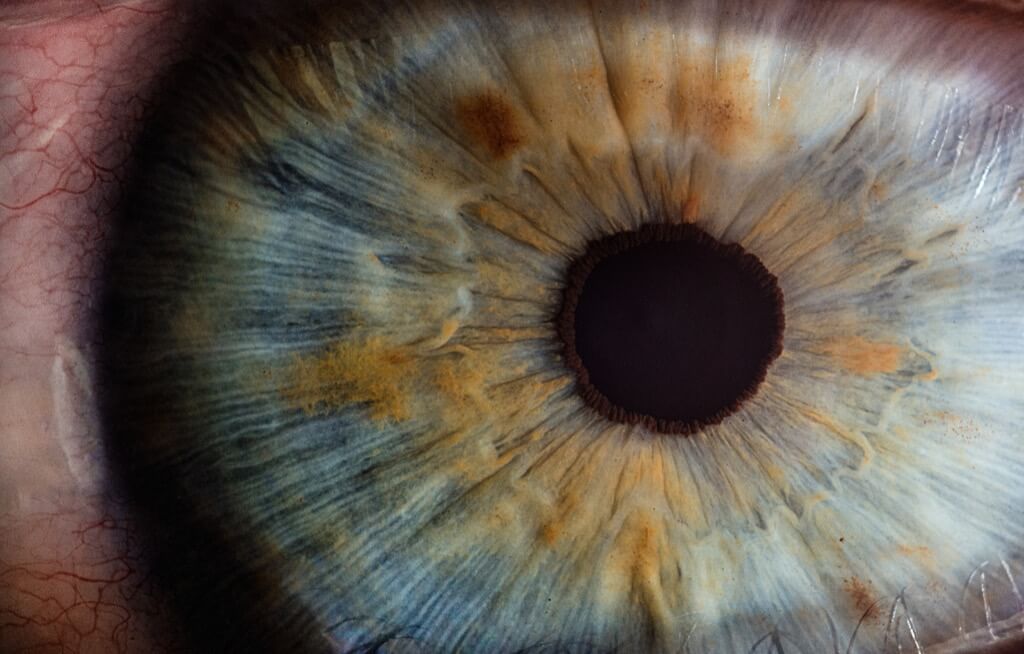Most of us are blissfully unaware of the small moments throughout our day when our brain cloaks our vision. This phenomenon, known as saccadic masking, is our brain’s way of preventing us from viewing a world constantly in motion blur.
Our eyes, when scanning any scene, don’t glide smoothly. Instead, they hop from point to point, resting momentarily. These hops are known as saccades. Think of it as our eyes capturing a series of stills, with tiny blackout moments in between. It’s like our brain’s built-in blinker, but much faster and less noticeable.
Astonishingly, Saccades Can Be Manipulated to Our Advantage
Ever tried to focus on far-off scenery while on a speeding train? The clear vision achieved, albeit momentarily, is thanks to a saccade. The same principle applies when trying to focus on a specific blade of a slowly spinning ceiling fan.
These eye movements are swift, ranging between 10 and 300 degrees per second. The intriguing bit? The larger the eye movement or saccade, the quicker it occurs.
But, Nature Isn’t Without Its Quirks
Saccades can be imperfect. Sometimes, post a major eye movement, there’s a minuscule lag followed by a smaller, corrective saccade. Then there are the microsaccades, tiny involuntary twitches that keep our vision crisp by constantly adjusting our gaze. These occur at an impressive 1-2 times every second!
Through evolution, our eyes have developed this complex mechanism to offer clarity. Yet, they are still trying to keep pace with our fast-paced world. While our direct line of sight, or central vision, captures details with impressive precision, our peripheral vision is more like an old, grainy film. And this has its implications.
While driving at, say, 45 miles per hour, our peripheral vision combined with saccadic masking might render us momentarily ‘blind’ to certain objects. Pedestrians and notably, cyclists, fall prey to this transient blindness. As aptly mentioned by a cyclist enthusiast: A slender, slow-moving cyclist against a bustling background might just vanish in the brief blur of a driver’s saccade.
Eyes: More Than Just Vision
You might be well-versed with the concept that our eyes are crucial for seeing, but did you know they play a pivotal role in mental healing as well? In the last few years, a therapy involving rapid eye movement, commonly known as REM therapy, has come to the forefront.
Unlocking Mental Healing with REM Therapy
If you or someone you know has been battling PTSD, anxiety, eating disorders, or panic attacks, REM therapy, especially the eye movement desensitization and reprocessing (EMDR) technique, might be a beacon of hope. Imagine this: As a patient, you’d be asked to recall a traumatic event while your eyes dart back and forth, following the movement of the therapist’s fingers. It might start with a dive into unpleasant memories, but with time, the journey meanders toward happier recollections. Your eyes, in the midst of this, will be oscillating rapidly.
Endorsements and Recommendations
But is it just a new-age fad? Far from it! Prestigious institutions like the American Psychiatric Association (APA) and the Departments of Veterans Affairs (VA) and Defense (DOD) have recognized their potential. They’ve gone ahead to publish practice guidelines recommending EMDR as a potent treatment for PTSD.
The Science Behind EMDR
You might be wondering, how exactly does this work? While the nitty-gritty of EMDR remains a subject of research, some experts believe it’s an innovative form of exposure therapy. Here, you remember the traumatic event but with a twist – the rapid eye movement acts as a distraction, distancing you from the emotional baggage linked to that memory.
Glimpse into EMDR’s Future
The science behind eye movement desensitization and reprocessing (EMDR) offers a tantalizing glimpse of what the future might hold. If you’ve ever been intrigued by the transformative power of EMDR, here’s how it could potentially reshape mental health interventions in the years to come.
Broadening Horizons in Mental Health
EMDR, with its unique approach to addressing trauma, has already shown promising results for conditions like PTSD. But imagine a future where it becomes a cornerstone for treating a spectrum of mental health challenges. You or your loved ones might find solace in an even broader range of applications, from generalized anxiety disorders to depression and beyond. As researchers delve deeper, the adaptability of EMDR could open up avenues previously unthought of.
EMDR: A Catalyst for Personalized Therapies
We’re living in an age of personalized medicine. Now, imagine integrating EMDR into this paradigm. Given its mechanism, it’s plausible that, in the future, therapists might tailor EMDR sessions even more closely to your personal experiences, memories, and emotions. Such a bespoke approach would not only ensure that the therapy resonates more deeply with you but also enhance its efficacy manifold.
Democratizing Access to Mental Health Care
One of the standout features of EMDR is its relatively short treatment time. What if, as its acceptance grows, it becomes a tool to make quality mental health care more accessible to everyone? For those who might be deterred by the thought of long-term therapies, EMDR could be a beacon of hope, offering rapid and effective relief.
Collaborative Endeavors in Healing
In the evolving landscape of mental health, holistic treatments are gaining traction. Picture a scenario where EMDR seamlessly integrates with other therapies like cognitive behavioral therapy, mindfulness, and more. Such collaborative endeavors could potentially offer you a more comprehensive healing experience, ensuring that every facet of your well-being is addressed.




